On May 7, Dallas ISD will celebrate National School Nurse Day, honoring dedicated nurses like Lorraine Michael, who has spent her career supporting the health and well-being of students for 23 years.
Michael served as a school nurse at Ascher Silberstein Elementary School for 15 years before becoming a districtwide special needs nurse.
During her time at Silberstein, she said the most fulfilling part of her job was watching her patients grow up and having the opportunity to connect with their families.
Since graduating from nursing school in 1983, Michael said she has had a fulfilling 42-year career rooted in compassion and professionalism.
“I worked in a hospital. I worked in psychiatry, and I worked for an insurance company. I have done a lot of different things as a nurse,” she said. “But when I started school nursing, I really just fell in love with it.”
Michael transitioned into school nursing to be present with her family and align with her son’s schedule.
“My advice to any nurse is to look at what your priorities are in life,’ she said. “If your priority is your family, the school setting is a terrific way to do that because you will be off of work when your child is off. You’re going to be able to spend more time with your child than you do when you’re working in a hospital.”
Currently, Michael supports campus nurses in meeting special education requirements and preparing for admission, review and dismissal (ARD) meetings. She helps ensure nurses are administratively prepared to collaborate with parents and team members in reviewing students’ individualized education plans.
She works with 47 schools across the district, training new nurses on the special education process, conducting vision and hearing screenings for students with special needs, and attending ARD meetings on behalf of the schools without an assigned nurse.
“Some days I may spend the whole day at my desk, but virtually I have been all over the district attending meetings for multiple schools,” she said.
Michael explains that her current role as a leader of district nurses is vastly different from her previous experience as a school nurse.
“School nurses independently make decisions and assess the medical needs of students based on their medical knowledge,” she said. During her 14 years at Silberstein, Michael relied on her own medical knowledge to meet the day-to-day needs of the students.
“So much of what I do now across the district is collaborative,” Michael said. “I am always working with someone else versus just doing things by myself. I go to meetings. I meet with nurses. There is a difference, and I enjoy getting out and interacting with more people.”
Drawing from her experience in the field and now as a leader, Michael emphasized the importance of both independence and connection. She believes great school nurses have the ability to trust their judgment. Despite the busy schedule of a school nurse, Michael encourages them to step outside of their offices and engage with their campus.
As the mother of a child with ADHD, her personal and professional lives intersect. She brings a unique perspective to her work while supporting new special education teachers across the district.
“It takes a special kind of person to be able to see the potential in children that other people might write off,” Michael said. “I’ve really enjoyed meeting the special education teachers in the district now that I interact with them at so many different schools. They bring so much heart to their classroom. It’s amazing and it’s inspiring.”

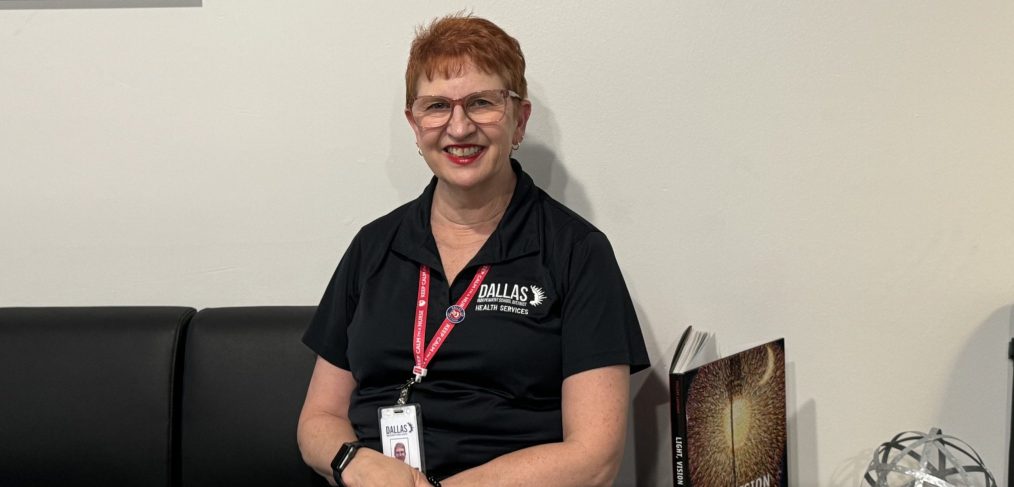

 lot of care to the classroom—teachers can swing by from 5 to 9 a.m. Monday through Friday for a free breakfast entrée. It’s Whataburger’s way of showing a little love for the big impact they make every single day. Whether they’re team Taquito with cheese, Breakfast on a Bun or all about that Honey Butter Chicken Biscuit, educators and school staff can enjoy their choice of a free breakfast entrée by presenting a valid school ID when ordering for dine-in, drive-thru or takeout. This offer is available in-restaurant only—just swing by the counter or drive-thru at participating locations. This offer is not available at Whataburger.com or through the Whataburger App.
lot of care to the classroom—teachers can swing by from 5 to 9 a.m. Monday through Friday for a free breakfast entrée. It’s Whataburger’s way of showing a little love for the big impact they make every single day. Whether they’re team Taquito with cheese, Breakfast on a Bun or all about that Honey Butter Chicken Biscuit, educators and school staff can enjoy their choice of a free breakfast entrée by presenting a valid school ID when ordering for dine-in, drive-thru or takeout. This offer is available in-restaurant only—just swing by the counter or drive-thru at participating locations. This offer is not available at Whataburger.com or through the Whataburger App. 
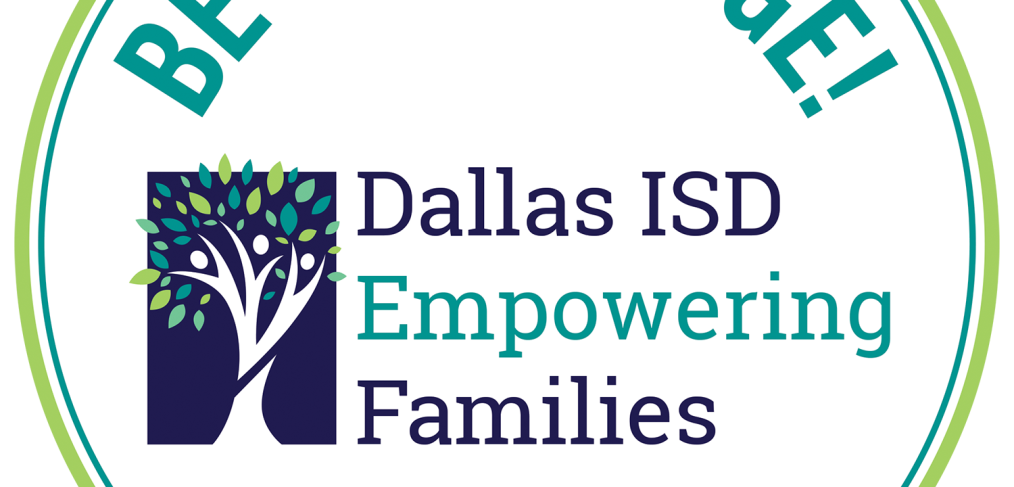

 When Dallas ISD announced that it acquired 17 electric school buses, Ansley Carlos, bus driver for both Solar Prep Schools and Dallas ISD alumna, never imagined she would be driving one. In fact, had you asked her if it were something she would be open to, she would have balked at the thought.
When Dallas ISD announced that it acquired 17 electric school buses, Ansley Carlos, bus driver for both Solar Prep Schools and Dallas ISD alumna, never imagined she would be driving one. In fact, had you asked her if it were something she would be open to, she would have balked at the thought. 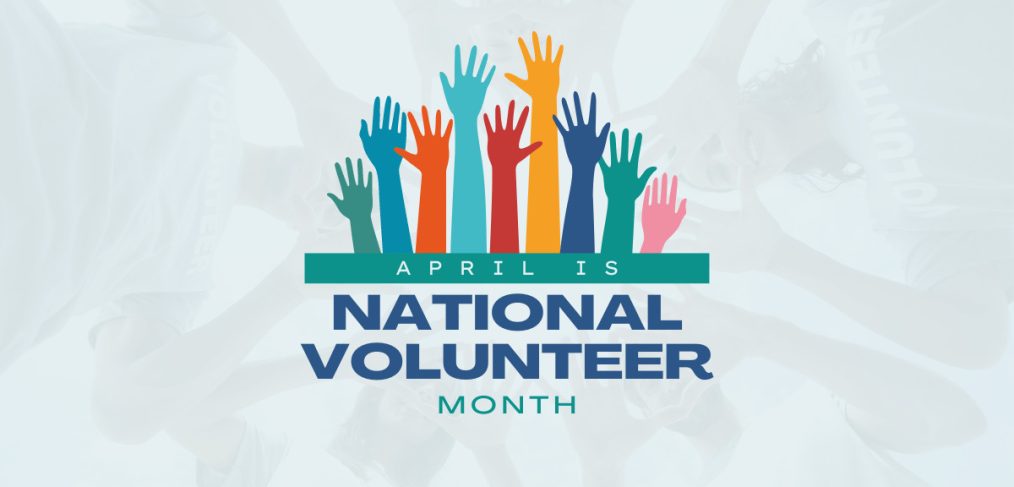
 In honor of National Volunteer Month this April, Dallas ISD celebrates another year of successfully building relationships and creating meaningful engagement with the district’s volunteers and partners. And one of the people responsible for building these relationships is Tonya Mayberry-Davis.
In honor of National Volunteer Month this April, Dallas ISD celebrates another year of successfully building relationships and creating meaningful engagement with the district’s volunteers and partners. And one of the people responsible for building these relationships is Tonya Mayberry-Davis.
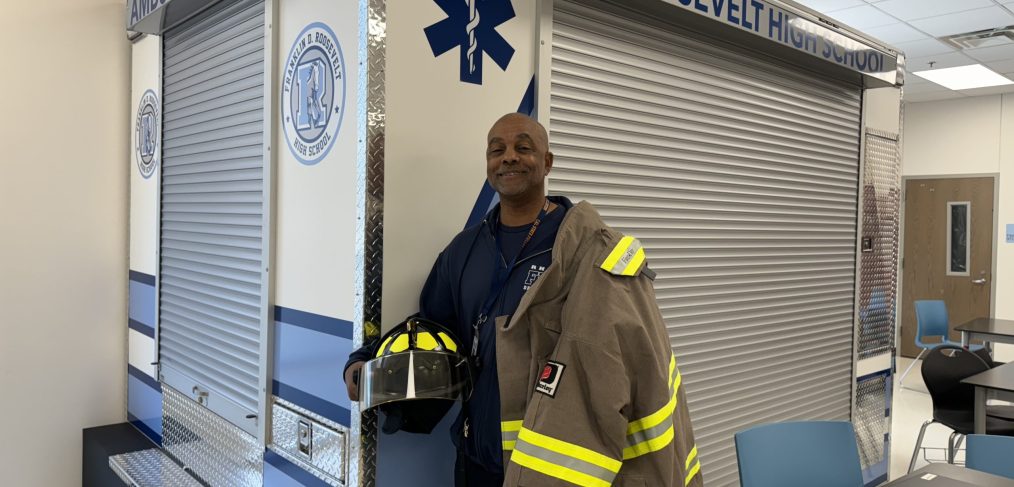

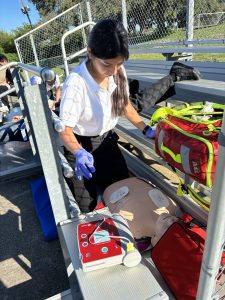
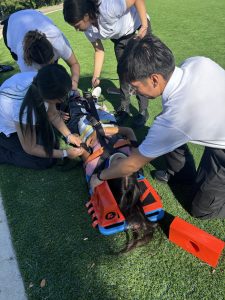 Calhoun—who has a Bachelor of Science in Kinesiology from California State University, Fullerton—realized the work of a firefighter can have an impact on your mental health and attributes his day-to-day success to mental strength and exercise. He still coaches softball.
Calhoun—who has a Bachelor of Science in Kinesiology from California State University, Fullerton—realized the work of a firefighter can have an impact on your mental health and attributes his day-to-day success to mental strength and exercise. He still coaches softball. 

